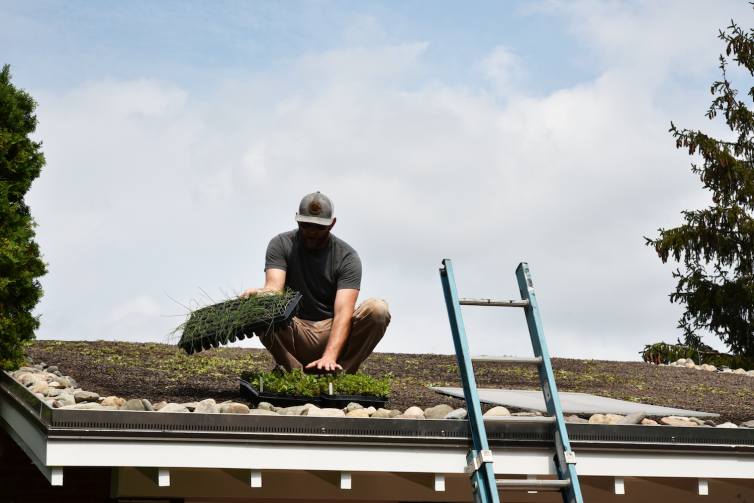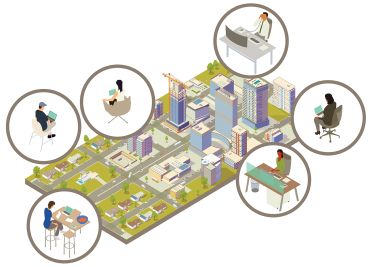DC Green Bank and Rainplan Partner on Stormwater Projects in District
By Keith Loria August 31, 2022 7:30 pm
reprints
A joint venture between DC Green Bank and Rainplan has closed on an initial $2 million of financing to increase access and affordability for projects across Washington, D.C., designed to manage heavy rainfall, prevent flooding and filter storm runoff.
“Stormwater management is important in the District — and everywhere — because it builds resilience in communities against the impacts of climate change, including flooding and erosion,” Gary Decker, director of strategic engagement for DC Greenback, told Commercial Observer. “In particular, in the MS4 (municipal separate storm sewer system), there has been underinvestment in stormwater projects. Stormwater projects in D.C. generate stormwater credits that deliver revenue for property owners to help finance projects.”
The loan will deliver financial support for 14 residential projects and 10 commercial projects in the area. The loan will also fund stormwater support for scalable projects, including those in surrounding green mobility hubs, houses of worship, local businesses and residential communities, with a focus on Wards 5, 7 and 8.
“The goal of the fundraising is to expand our portfolio of investments in stormwater management projects across the District, in line with our core investment areas and our values,” Decker said.
Each of the stormwater projects will incorporate green infrastructure to mitigate the negative impacts of water runoff and enhance neighborhood streetscapes. It’s projected that an estimated 100,000 gallons of water will be captured and filtered for each rainstorm.
“We have found that many residential property owners in the D.C. area are concerned about basement flooding after storms and erosion of their landscaping from their property,” Kara Young, an expert at Rainplan, told CO. “As an example, if they install a rain garden or use bio-retention like planting trees, it will soak up the necessary rain and keep it from flowing or flowing into property foundations.”
Other examples of using green infrastructure to offset rainwater would be rain collection like a green roof or rain barrel because they slow down water flow and direct water onto a property to where you want it to go.
“For the 14 projects, there is a combination of commercial and residential property projects,” Young said. “There is a fairly even divide among the projects to store rainwater for reuse or to slow the movement of stormwater and redirect it away from their property to avoid property damage and prevent pollutes stored on hard surfaces from running off into local creeks.”
Property owners can apply for the financing through their Rainplan account.
“Something unique to the financing is that we will pay contractors directly to avoid delays in project implementation both for the customer and the contractor,” Young said. “So projects start sooner, and we will also offer payment plans so property owners can pay over time, making these projects feasible.”
Additionally, the joint venture is creating a disadvantaged business enterprise contractor outreach plan to help disadvantaged business participation in the District and support approximately 25 local jobs. It’s also expanding green mobility hubs, providing investment for bike stations that connect to the grid, helping to increase the climate benefits from micromobility.
“This is DC Green Bank’s second investment in an emerging stormwater infrastructure project pipeline in the District,” according to a DC Green Bank statement.
Last year, the company worked with Green Compass to develop a $650,000 revolving loan facility to deliver up to five new projects across Wards 5, 7 and 8 over an 18-month period.
Update: This story originally misattributed source material. This has been corrected. We apologize for the error.
Keith Loria can be reached at Kloria@commercialobserver.com.


